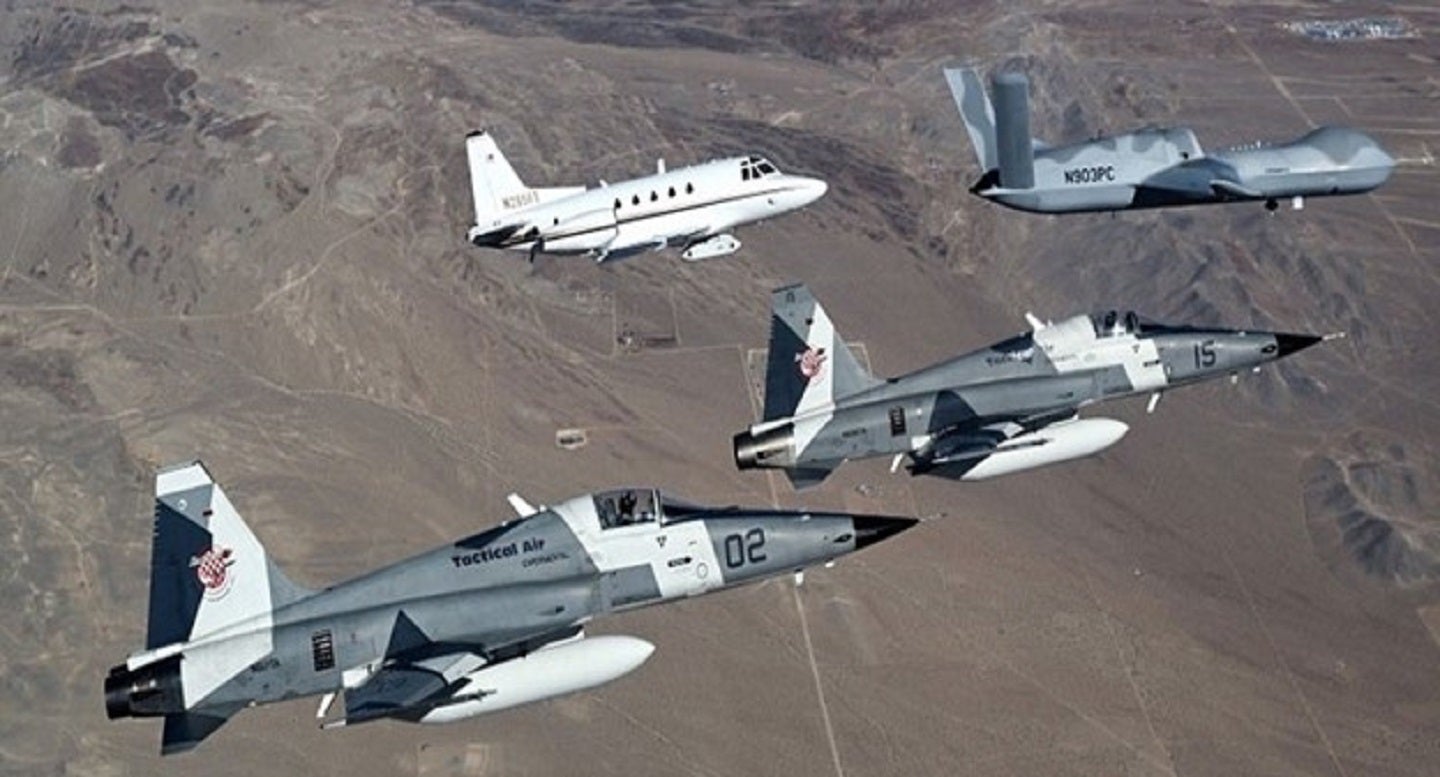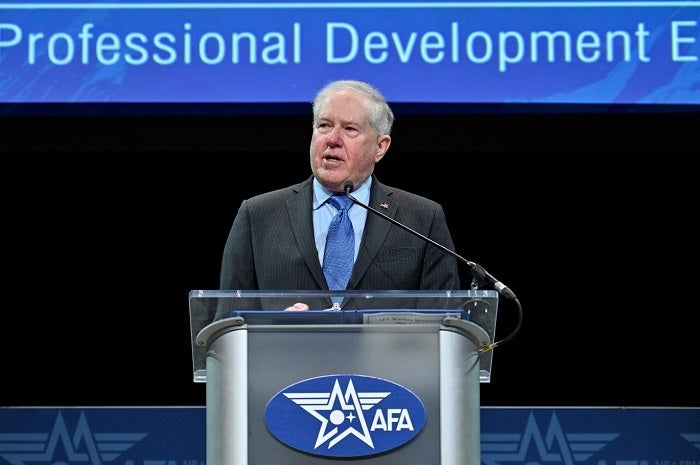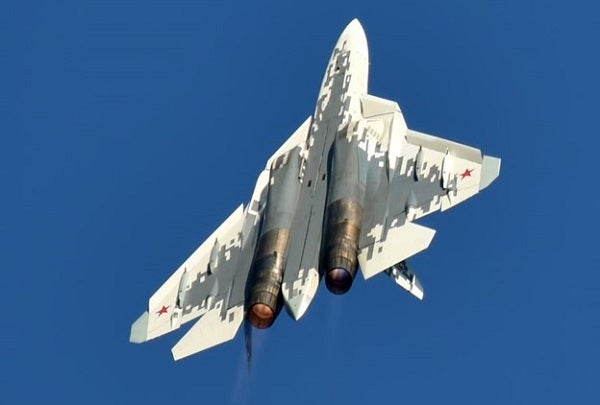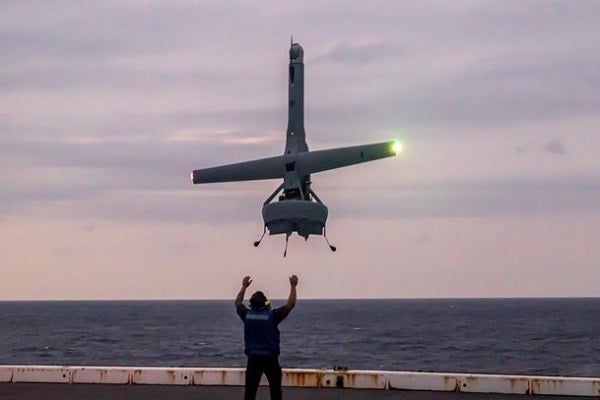
Anduril – a US autonomous systems start-up – has been selected as one of five defence industries to help develop the Collaborative Combat Aircraft (CCA).
The US Air Force (USAF) intend to operate uncrewed autonomous aircraft – known as CCAs – as part of a network alongside other aerial platforms such as fifth or sixth-generation aircraft.
This network-centric concept comes under the USAF’s wider, highly secretive Next-Generation Air Dominance (NGAD) programme that envisions a system-of-systems approach to integrate next-generation fighter aircraft, weapons, sensors, networking, and battle management systems to maintain air superiority in the coming decades.
“We are honoured to be the only non-traditional defence company selected to be a part of the CCA programme,” the new contractor said in a statement on 25 January 2024.
Other contenders include four primes: Boeing, General Atomics, Lockheed Martin and Northrop Grumman.
USAF network ambitions
In March 2023, the USAF Secretary revealed the plan to pair at least 1,000 uncrewed CCAs with advanced manned fighters in the near-term future, in his keynote speech titled “One Team, One Fight” at the 2023 Air Force Association Warfare Symposium held in Colorado.
How well do you really know your competitors?
Access the most comprehensive Company Profiles on the market, powered by GlobalData. Save hours of research. Gain competitive edge.

Thank you!
Your download email will arrive shortly
Not ready to buy yet? Download a free sample
We are confident about the unique quality of our Company Profiles. However, we want you to make the most beneficial decision for your business, so we offer a free sample that you can download by submitting the below form
By GlobalData
The plan is tentatively based on the assumption of teaming two CCAs with each of the 200 NGAD platforms and 300 F-35s.
The USAF’s budget proposal for the fiscal year 2024 includes a budget request of $490m to accelerate the development, experimentation and testing of CCAs.
Integrating CCAs into a future system of systems
CCAs can perform different missions, ranging from carrying weapons and flying ahead of other aircraft to provide intelligence, surveillance and reconnaissance and relay valuable early warning and evade detection, to electronic warfare and striking targets either on their own or in accordance with the rest of the force.
CCAs can harness cutting-edge disruptive technologies such as autonomy, machine learning and artificial intelligence (AI) to maximise the safety and performance of current and future fighter fleets for agile combat employment.
Deploying collaborative, mission-focused CCAs at a large scale is seen as a cost-effective and pragmatic solution to possess a formidable airpower capacity in response to proliferating hostile stealth fighters.
For example, the Russian Sukhoi Su-57 Felon fighter jet is equipped with 3D thrust vector jets for higher manoeuvrability. Operating additional autonomous uncrewed aerial systems (UAS) will render fighters more survivable as well as increase the probability of engagement with such a flexible aircraft.

Autonomous UAS market
Though the majority of unmanned systems over the last two decades have been remotely operated, advances in AI and machine learning capabilities can now enable users to automate some of the more routine or less complex tasks.

However; according to a thematic intelligence report on Drones in Aerospace and Defence (2023), published by the leading intelligence consultancy GlobalData:
“AI-enhanced automation remains a significant challenge in the development of both autonomous platforms and the wider drone technologies market. However, the complexity of requirements coupled with strong competition for expertise has caused development bottlenecks and cost overruns on several occasions.”







